Discover St Cuthbert's Way
-
Which St Cuthbert’s Way Tour is Right for Me?
Highlights of St Cuthbert’s Way - A relaxing short break through the Cheviot Hills to Holy Island, ideal for those seeking a taste of this historic route.
9 Days – our most leisurely-paced itinerary designed for those who want to fully immerse themselves in the landscape and heritage of the route.
8 Days – A balanced itinerary featuring manageable daily hikes with time to explore the region’s historical sites and scenery.
7 Days – A rewarding challenge for long-distance hikers – complete the trail over several longer hiking days (15–18.5 miles).
![Jedburgh Abbey]()
-
Why book your St Cuthbert's Way hiking vacation with Macs Adventure?
Thoughtfully Designed Itineraries: Enjoy well-planned routes with ample time to soak in the surroundings.
Turn-by-Turn GPS Navigation: Follow easy-to-use digital maps via our award-winning Macs Adventure app.
Comfortable Accommodation: Stay in hand-picked B&Bs and guesthouses with breakfast included.
Luggage Transfers: Walk light—your bags are transported to your next stop each day.
Expert Local Insights: With our Scottish headquarters, we provide the best local tips, guidebooks, and travel documents.
![Hiker pauses on St Cuthbert's Way]()
-
St Cuthbert's Way FAQs
For a full list of St Cuthbert's Way FAQs, check out our blog.
How long is St Cuthbert’s Way?
The full route is 62 miles (100 km) from Melrose to Lindisfarne, typically completed in 5 to 9 days depending on your chosen itinerary.What is the best time to walk St Cuthbert’s Way?
The best months for hiking St Cuthbert’s Way are April to September, when the weather is mild, and the landscapes are at their most beautiful. Typically, April & May tend to be the most popular.Who is St Cuthbert’s Way suitable for?
This route is ideal for regular hikers who enjoy a mix of rolling hills, coastal terrain, and historical landmarks. Some sections, particularly between Kirk Yetholm and Wooler, include moderate climbs, making it a great option for those with a reasonable level of fitness. If completing the entire trail, the shorter your trip, the more difficult the hikes become as you’ll cover more distance in a single day.Can I cycle St Cuthbert’s Way?
No, St Cuthbert’s Way is a designated walking route, and some sections are not suitable for bikes.Do I need to check the tides for Holy Island?
Yes! The final stage of the walk is the most spectacular and unusual, with a tidal causeway crossing to Lindisfarne only accessible at low tide. It’s really important you check the tidal times in advance of arriving or departing from the island. We’ll provide you with links to the detailed tide tables along with helpful crossing information in your Trip Info on the award-winning Macs App.Can I visit St Cuthbert’s Cave?
Yes! On the section from Wooler to Fenwick, you can take a short detour to St Cuthbert’s Cave, where monks once sheltered the saint’s remains. The view from above the cave offers stunning vistas of Northumberland’s rolling hills and coastline.![St Cuthbert's Way FAQs]()
-
Essential Facts about St Cuthbert's Way
- St Cuthbert is the patron saint of Northumberland and one of medieval Britain's most revered figures.
- Northumberland has more castles than any other English county, a testament to its rich, and often turbulent, history.
- The Northumberland Coast is a designated Area of Outstanding Natural Beauty, featuring pristine beaches, hilly dunes, and rugged cliffs.
- The trail passes through Melrose, Dryburgh Abbey, Jedburgh, Wooler, and Fenwick, offering plenty of opportunities to explore historic sites.
- The tidal crossing to Holy Island is one of the most unique aspects of any pilgrimage trail in Europe.
- It's the birthplace of Earl Grey tea. It was blended in the 1830s at the request of Lady Grey, wife of former Prime Minister Earl Grey.
![Essential Facts about St Cuthbert's Way]()





















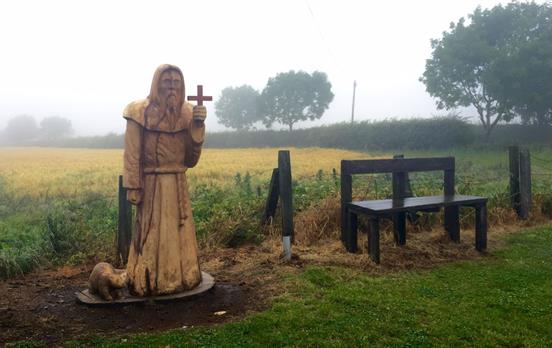

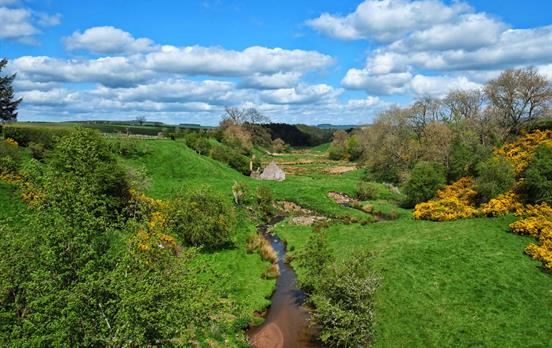

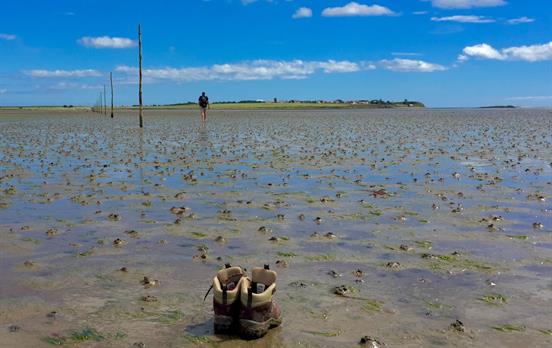
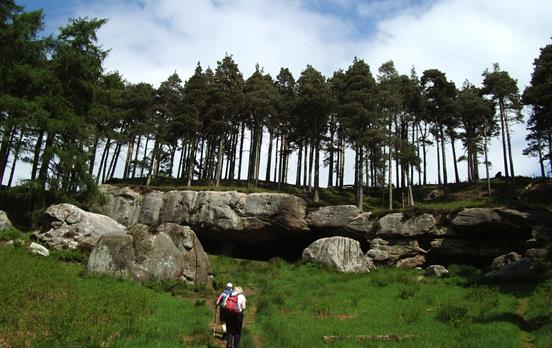

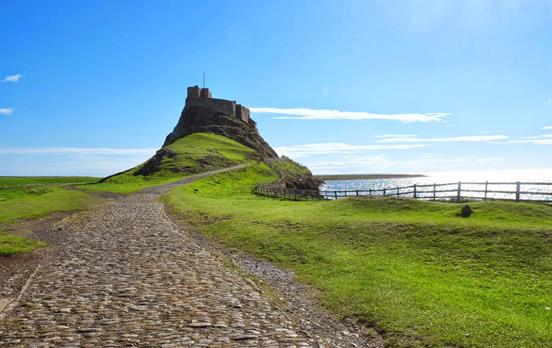
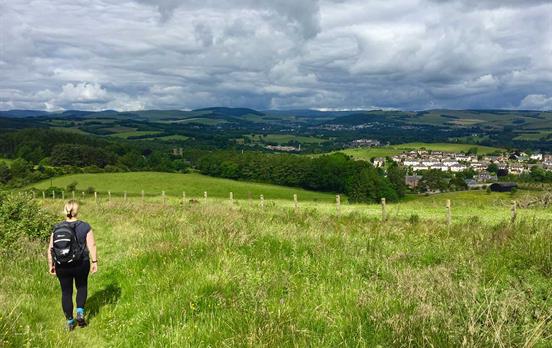


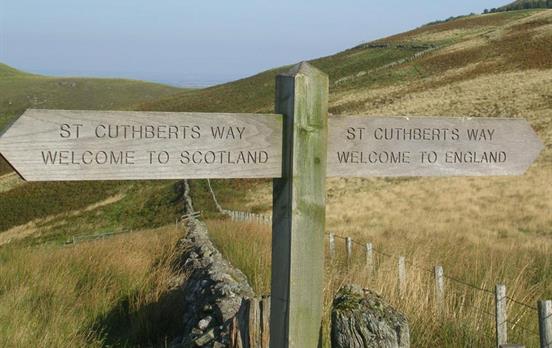
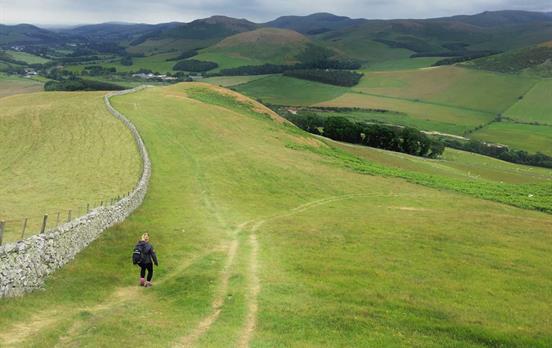

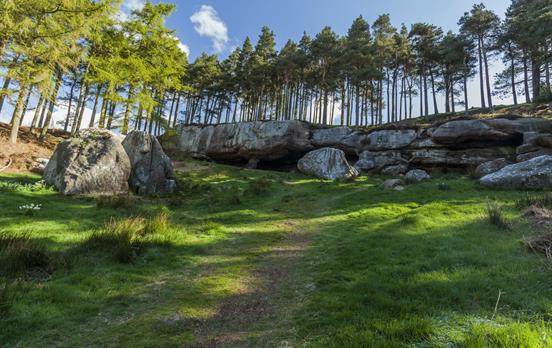


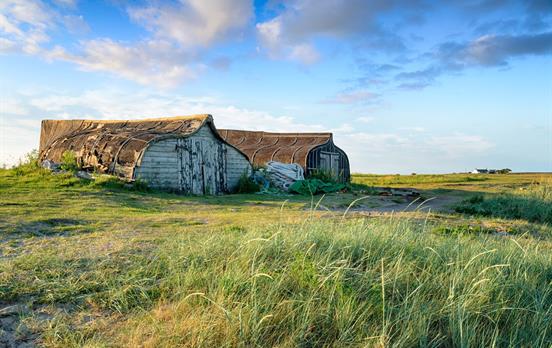

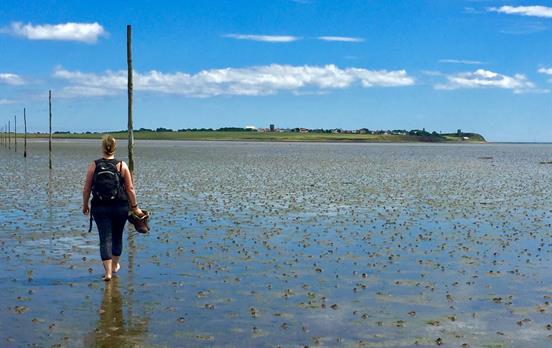














 Canada
Canada